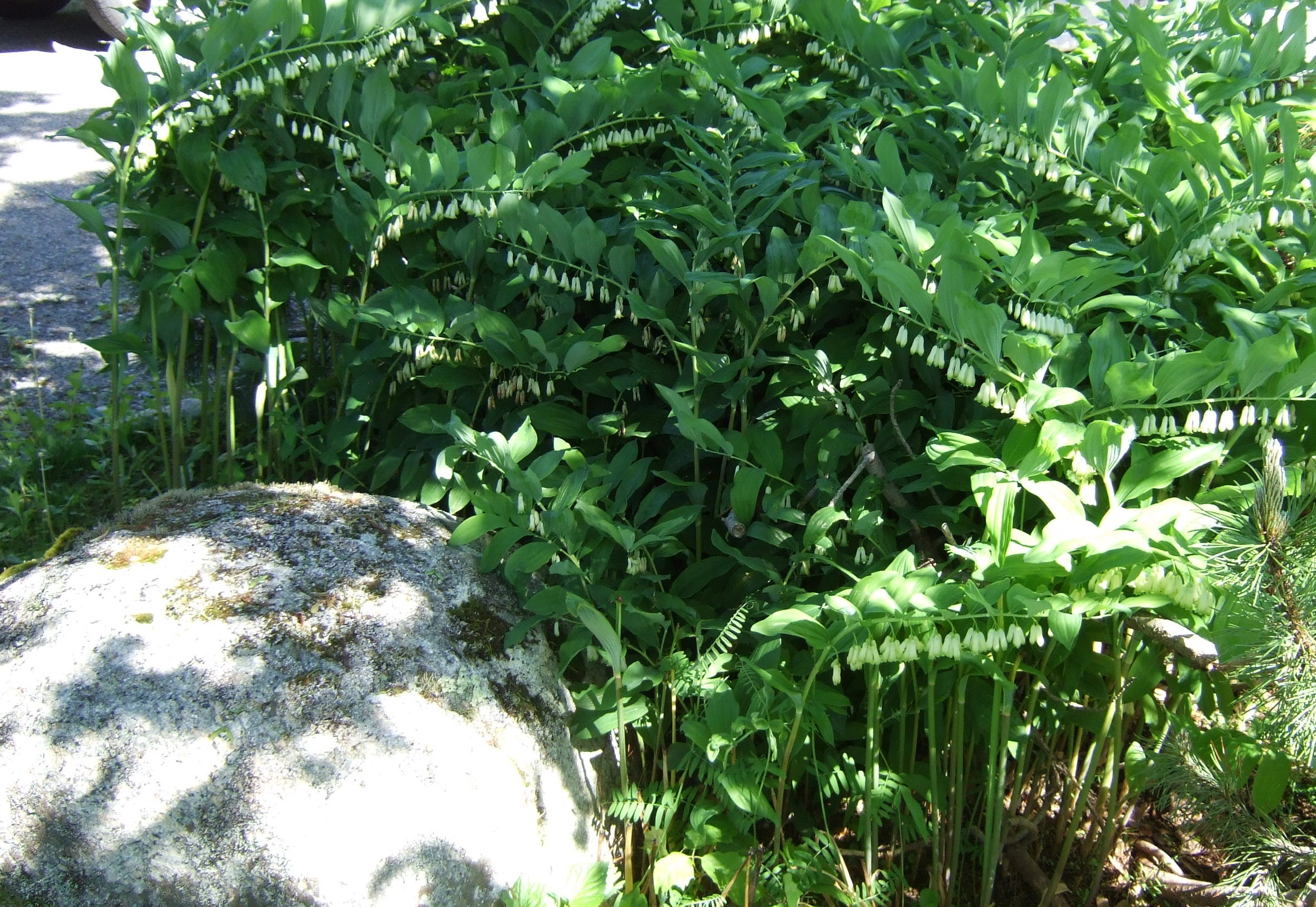Nature’s Pollinators Can Start Working
Now that our very short spring has suddenly turned into summer, shrubs and perennials in the Chester area are growing at warp speed. Early bloomers like apple trees, azaleas and rhododendrons have put forth a dazzling display of blossoms in the last ten days. The emergence of so many blossoms has been a boon for the many pollinators who are responsible for the health of our fruit trees and other crops.

As a garden club, we tend to focus on the beautiful blooms of our flower gardens, but the pollinators that are necessary for our flower beds are important for food crops as well. Unfortunately, reports of recent studies have indicated that many pollinators, like the rusty-patched bumblebee (which is now on the endangered list in Canada) are threatened. A report from the Todd Farrell, a biologist with the Nature Conservancy of Canada, indicates that many insect species are in danger of disappearing.

This spring, Farrell attended the 2013 Canadian Pollinator Conservation Conference in Toronto to better inform himself on the current trends, latest science and stewardship strategies for the conservation of pollinator species. In the NCC’s online newsletter Farrell writes, “The overall message was that things are not trending well for bees … Many species that were once common are now declining or disappearing.”

Scientists are now racing to catch up with the bees — new species are being discovered all the time, while others remain a mystery in terms of their biology or main food source. Currently, about 800 bee species have been identified in Canada. Researchers are working to improve guides for identifying insects (much like bird and plant guides) to help naturalists and even the general public and enthusiasts to identify the bees.

As more information is gathered, NCC can integrate actions into its property management plans to ensure that habitat is maintained or restored for pollinator species. And as more information is available about how to identify species, citizen scientists can also play a role in gathering information that will help inform NCC’s conservation work.
“We will need to be aware of species that may be present,” notes Farrell. “Knowing their preferred habitat and plant food will help us protect and enhance the right areas.”




As a small but vital step in encouraging youth to take an interest in growing plants and learning more about the ecological balance of our environment, the Chester Garden Club is offering a workshop on July 11th, for children and beginners, to learn about flowers and how to arrange them for competition. To date, 18 children have signed up for the half-day course.